B.E. - CSE (IOT & Cyber Security and including Block Chain Technology)
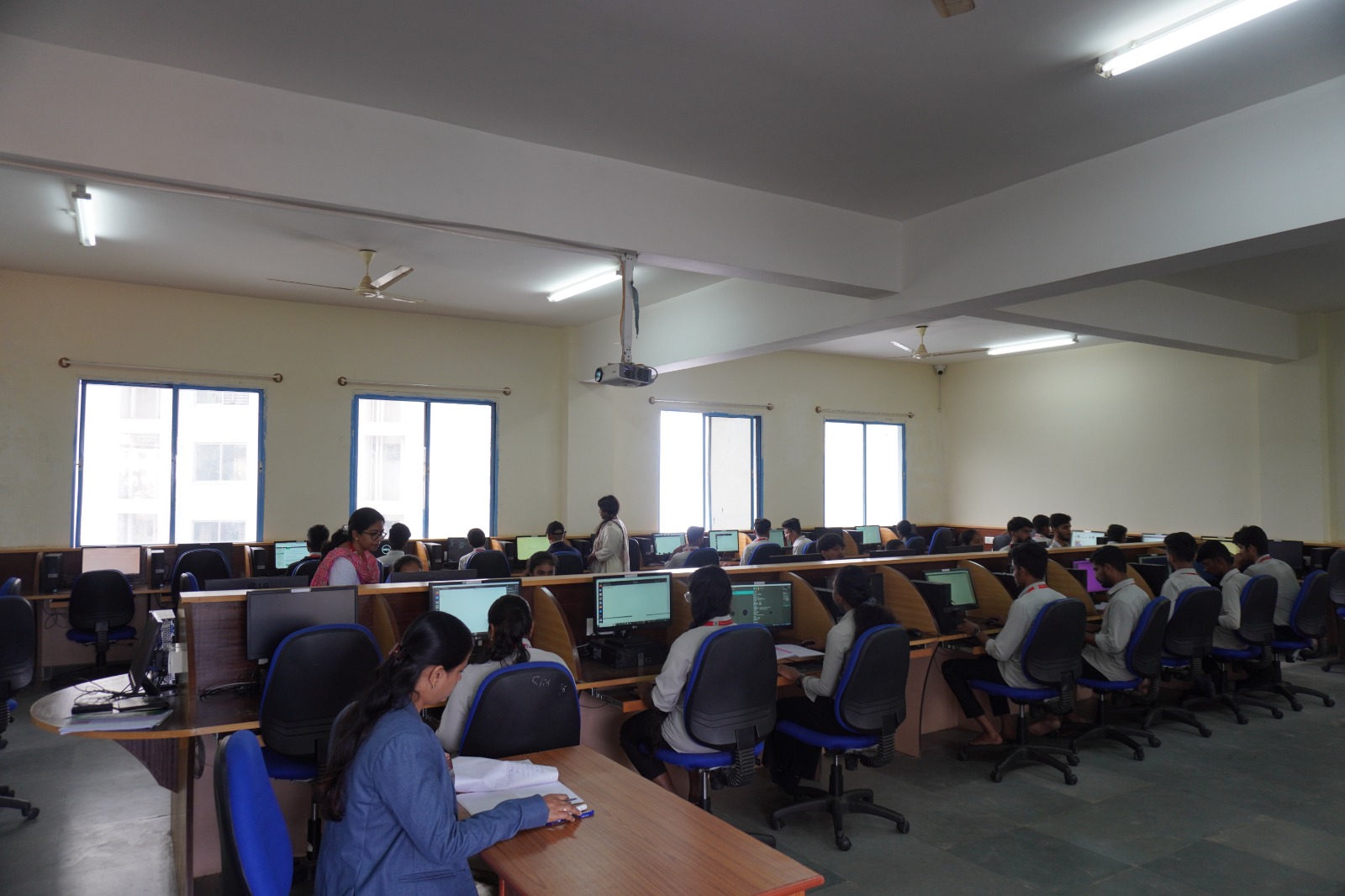
DEPARTMENT OVERVIEW
The Department of B.E. - CSE (IOT & Cyber Security and including Block Chain Technology), since its inception in 2022 came with an initial intake of 60 students in UG programme
- Always attracted the best of engineering aspirants from all over the country and abroad.
- Department is effective in inducing skilled and competent Computer Engineers and Entrepreneurs prepared to fulfil the requirements of the industry and society at large
- Department is well equipped with adequate infrastructure to support academic, research and extra-curricular activities for the all-round development of our students with well-qualified, skilled and experienced faculty members.
- The Department frequently organizes Hands-on Workshops, Seminar , Webinars, Guest Lectures and Faculty Development Programs in recent trends from Industry Resource for the beneficial of students and faculty community.
- The Department encourages the students to conduct and participate in extracurricular/ sports activities.
- The Department has signed MoU’s with leading IT Industries and International Journals.
- The Proctorial and Mentoring system is active by meeting students and conducts Parents Teachers Meeting
VISION AND MISSION
VISION
To foster the students into globally competent professionals, ingenious entrepreneurs with ethical values.
MISSION
To produce technologically competent professionals through a balanced and dynamic curriculum.
To facilitate the students to explore creativity, innovations and develop leadership qualities.
To inculcate the spirit of ethical values contributing to the welfare of society.
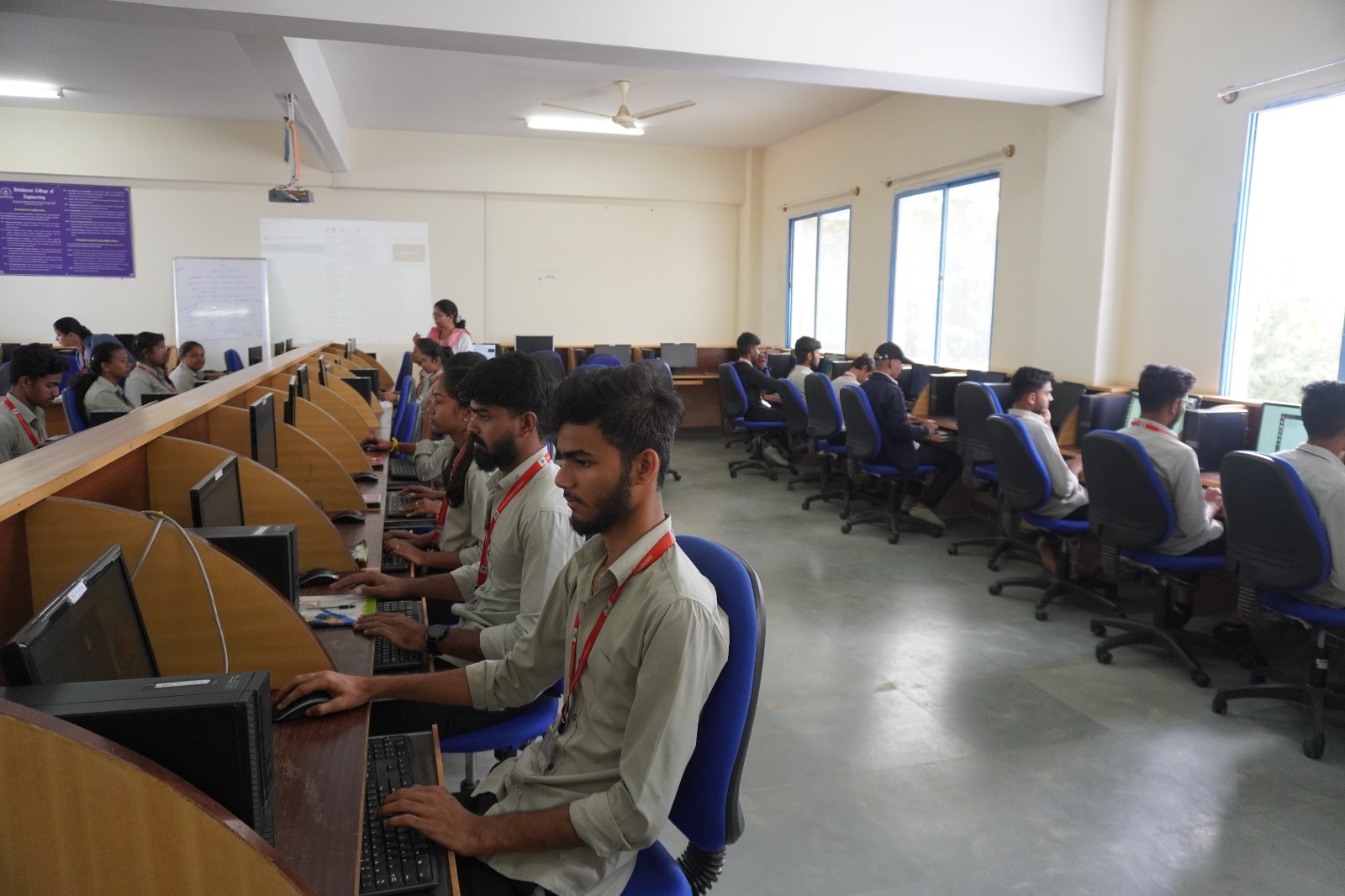
Salient Features
Shaping Tomorrow, Today

The Department has efficient and well qualified faculties.

The Department emphasizes practical and project based learning for students. Students are working on Real time projects in various domains such as Machine Learning, Artificial Intelligence, Internet of Things, Cyber Security, etc.

We have transformed our teaching techniques from black board to hands-on experience and ICT learning.

The Department has well-equipped WiFi enabled Laboratories and classrooms with CCTV monitoring.

Additional tutorial classes are conducted for slow learners.

Expanding learning opportunities through online classes and providing course materials and Laboratory programs videos.

The Department fosters student’s participation in National/ International Conferences, Technical fest, Cultural events, Sports meets and extracurricular activities.

The Department promotes students to prepare for various Competitive examinations, many of our students have enrolled in GATE examination and opted for higher studies in various Foreign Universities and IIT’s.

Students actively participate in University Level Sports meet, Inter College Fest, Hackathon, National Technical Fest, Awareness Camps etc. while focusing on academics..

Industrial experts have been invited to conduct Hands-On Workshops, Seminars, Skill development programs.
The department has conducted various Workshops/seminars/Guest lectures/Webinars, The best students are awarded every academic year and financially supported. Few are listed below:
Block Chain
Networking and Communication
Developing Cross Platform Mobile and Web Apps
Big Data Analytics
Full Stack Development
Machine Learning
Artificial Intelligence..
Cloud Computing
Amazon Web Services (AWS)
Cyber Security
Python Programming.
Tips To Crack the Campus Placement Interview.
Carrier Enhancement, Inspiration
Vulnerability Assessment & Penetration Testing
iOS App Development BootCamp
POs are statements that describe what students are expected to know and be able to do upon graduating from the program. These relate to the skills, knowledge, analytical ability attitude and behaviour that students acquire through the program.
DEPARTMENT LABORATORIES

Digital Design & Computer Organisation Laboratory

Operating System Laboratory.

Data Structures Laboratory

Python Programming for Data Science Laboratory

Computer Network Laboratory

Data Visualization Laboratory.

Deep Learning Laboratory

Database Management Laboratory

Machine Learning Laboratory.

Project Laboratory.
INFRASTRUCTURE
Realizing the importance of rapid advancements in the Computer Science & Information Technology sectors, all the laboratories have been furnished with high speed LAN. The labs are updated and upgraded frequently as per the requirements and demand of industry. The well-equipped laboratories help students to meet ever increasing technological and social challenges with its traditions of self-discipline, hard work and a creative approach to solve problematic issues.
PROGRAM SPECIFIC OUTCOMES
The ability to develop problem solving skills through programming techniques for addressing real life problems using appropriate principles and concepts of Internet of Things.
Design and configure various IoT based smart applications using contemporary hardware and software tools.
Nurture lifelong learning and enhance research skills for satisfying global requirements.
PROGRAM EDUCATIONAL OBJECTIVES
To formulate the engineering practitioners to solve the industry's technological problems
To advance their careers through participation in professional activities, attainment of professional certification and commitment to life-long learning.
To imbibe professional attitudes, team spirit, effective communication and contribute ethically to the needs of the society with moral values.
3rd to 8th Semester BE – CSE(IOT & Cyber Security including Block Chain Technology) Scheme of Teaching and Examinations Outcome Based Education (OBE) and Choice Based Credit System (CBCS) (Effective from the academic year 2022 –2023)
ELIGIBILITY





Course Outcomes (CO’s)
| Subject Code | Course Outcomes (CO’s) |
|---|---|
| BCS301 | 1. Explain the basic concepts of probability, random variables, probability distribution 2. Apply suitable probability distribution models for the given scenario. communications, digital signal processing and field theory. 3. Apply the notion of a discrete-time Markov chain and n-step transition probabilities to solve the given problem 4. Use statistical methodology and tools in the engineering problem-solving process. 5. Compute the confidence intervals for the mean of the population. 6. Apply the ANOVA test related to engineering problems. |
| BCS302 | 1. Apply the K–Map techniques to simplify various Boolean expressions. 2. Design different types of combinational and sequential circuits along with Verilog programs. 3. Describe the fundamentals of machine instructions, addressing modes and Processor performance. 4. Explain the approaches involved in achieving communication between processor and I/O devices. 5. Analyze internal Organization of Memory and Impact of cache/Pipelining on Processor Performance. |
| BCS303 | 1. Explain the structure and functionality of operating system 2. Apply appropriate CPU scheduling algorithms for the given problem. 3. Analyse the various techniques for process synchronization and deadlock handling. 4. Apply the various techniques for memory management 5. Explain file and secondary storage management strategies. 6. Describe the need for information protection mechanisms |
| BCS304 | 1. Explain different data structures and their applications. 2. Apply Arrays, Stacks and Queue data structures to solve the given problems. 3. Use the concept of linked list in problem solving. 4. Develop solutions using trees and graphs to model the real-world problem. 5. Explain the advanced Data Structures concepts such as Hashing Techniques and Optimal Binary Search Trees. |
| BCS306A | 1.Demonstrate proficiency in writing simple programs involving branching and looping structures. 2. Design a class involving data members and methods for the given scenario. 3. Apply the concepts of inheritance and interfaces in solving real world problems. 4. Use the concept of packages and exception handling in solving complex problem 5. Apply concepts of multithreading, autoboxing and enumerations in program development |
| BCS306B | 1 Illustrate the basic concepts of object-oriented programming. 2 Design appropriate classes for the given real world scenario. 3 Apply the knowledge of compile-time / run-time polymorphism to solve the given problem 4.Use the knowledge of inheritance for developing optimized solutions 5. Apply the concepts of templates and exception handling for the given problem 6. Use the concepts of input output streams for file operations |
| BCY358A | 1.Describe various types of cyber crimes 2. Illustrate various applications through which cyber crimes happens 3. Explain various cyber laws related to the Indian IT Act. |
| BIC401 | 1.Understand the various types of cyber threats and attacks. 2. Explain various attacks and security aspects in Digital payment. 3. Understand the various concepts in Email and web Security. 4. Describe fundamentals of IoT and its challenges. CO5: Analyse different access technologies for IoT. |
| BIC402 | 1.Apply asymptotic notational method to analyze the performance of the algorithms in terms of time complexity. 2.Demonstrate divide & conquer approaches and decrease & conquer approaches to solve computational problems using suitable tools. 3.Make use of transform & conquer and dynamic programming design approaches to solve the given real world or complex computational problems. 4. Apply greedy and input enhancement methods to solve graph & string based computational problems using suitable tools. 5. Analyse various classes (P,NP and NP Complete) of problems. 6. Illustrate backtracking, branch & bound and approximation methods. |
| BIC403 | 1.Describe the basic elements of a relational database management system. 2. Design entity relationship for the given scenario. 3 Apply various Structured Query Language (SQL) statements for database manipulation. 4.Analyse various normalization forms for the given application. 5. Develop database applications for the given real world problem. 6. Understand the concepts related to NoSQL databases. |
| BCS405A | 1.Apply concepts of logical reasoning and mathematical proof techniques in proving theorems and statements. 2. Demonstrate the application of discrete structures in different fields of computer science. 3. Apply the basic concepts of relations, functions and partially ordered sets for computer representations. 4. Solve problems involving recurrence relations and generating functions. 5. Illustrate the fundamental principles of Algebraic structures with the problems related to computer science & engineering. |
| BCS405B | 1.Explain the fundamental concepts of properties and representation of graphs. 2. Solve the problems involving characterization and operations on graphs. 3. Apply concepts of trees and graph connectivity to solve real world problems. 4. Apply the concepts of planar graph and graph representations to solve the given problem. 5. Use the concepts of matching and coloring of graphs to solve the real world problems. |
| BCS405C | 1. Apply the concepts of vector calculus to solve the given problem. 2. Apply the concepts of partial differentiation in machine learning and deep neural networks. 3. Analyze the convex optimization algorithms and their importance in computer science & engineering. 4. Apply the optimization algorithms to solve the problem. 5. Analyze the advanced optimization algorithms for machine learning |
| BCY405D | 1.Demonstrate important results in the theory of numbers. 2. Apply number theoretic functions, modular arithmetic and Random number generation techniques in computer science. 3. Apply the concepts of primitive roots of prime and composite numbers. 4. Identify various problems in number theory. 5. Apply the concepts of elliptic curves in factorization. |
| BCO456A | 1.Identify the requirement and measurements for capacity planning by considering the goal, issues, and processes. 2. Explain capacity measurement and monitoring. 3. Make use of measurement data for prediction towards the overall planning process. 4. Explain the concepts related to deployment, installation, configuration, and management. |
| BCS501 | 1.Differentiate process models to judge which process model has to be adopted for the given scenarios. 2 Derive both functional and nonfunctional requirements from the case study. 3 Analyze the importance of various software testing methods and agile methodology. 4 Illustrate the role of project planning and quality management in software development. 5.Identify appropriate techniques to enhance software quality. |
| BCS502 | 1.Explain the fundamentals of computer networks. 2. Apply the concepts of computer networks to demonstrate the working of various layers and protocols in communication network. 3.Analyze the principles of protocol layering in modern communication systems. 4.Demonstrate various Routing protocols and their services using tools such as Cisco packet tracer. |
| BCS503 | 1.Apply the fundamentals of automata theory to write DFA, NFA, Epsilon-NFA and conversion between them. 2. Prove the properties of regular languages using regular expressions. 3. Design context-free grammars (CFGs) and pushdown automata (PDAs) for formal languages. 4. Design Turing machines to solve the computational problems. 5. Explain the concepts of decidability and undecidability. |
| BIC515A | 1.Explain essentials of M2M and IoT systems. 2.Compare IoT architecture and understand state of the art IoT architecture. 3.Examine the concepts of IoT reference model and IoT reference architecture. 4.Describe protocols and event driven system analysis in IoT system architectures. 5.Explain and analyze industrial IoT along with security and safety process. |
| BCS515B | 1.Explain the architecture and components of intelligent agents, including their interaction with the AI environment. 2. Apply problem-solving agents and various search strategies to solve a given problem. 3. Illustrate logical reasoning and knowledge representation using propositional and first-order logic. 4. Demonstrate proficiency in representing knowledge and solving problems using first-order logic. 5. Describe classical planning in the context of artificial intelligence, including its goals, constraints, and applications in problem-solving. |
| BCS515C | 1.Demonstrate Javascript to build dynamic and interactive web projects . 2. Apply DOM methods to manipulate Web pages and handle events. 3. Design and implement user interface components for Web applications using ReactJS. 4. Apply Express and Node to build web applications on the server side. 5. Design a data model using MongoDB. |
| BCS515D | 1.Identify the goals and challenges of distributed systems. 2. Demonstrate the remote invocation techniques for communication. 3. Describe the architecture of distributed file systems and name services. 4. Apply clock synchronization algorithms to monitor and order the events. 5. Analyze the performance of mutual exclusion, election and consensus algorithms. 6. Illustrate the fundamental concepts and algorithms related to distributed transactions and replication |
The Research environment is available for creative and productive work both for faculty as well as students.
- Energetic Resource Distribution and Priority based Scheduling for Heterogeneous Services in Cognitive Radio Networks (Science & Engineering Research Board (SERB) 2021).
- Impregnable and Robust Security Framework for Domain Name Server. (Research Project Under VTU Research Grants Scheme 2021)
- Secure and usable framework for DNS specific security issues and solutions.(Research Project Under VTU Research Grants Scheme 2020)
- Heuristic approaches for the Spectrum Management Framework and Layer-by-Layer Protocol explorations in Cognitive radio Ad-Hoc Networks (CRAHNs) (Research Project Under VTU Research Grants Scheme 2020)
- Channel Quality based Hybrid MAC protocol for Cognitive Radio Networks.(2019)
- A Novel Approach for Secured Transaction and Energy Optimization in Blockchain (2019).
Well established Placement cell trains the students and are placed in top MNC companies, also have succeeded in carving respectful positions. Many have opted for higher studies in various Foreign universities, IIT’s etc.
IBM | Amazon |Dell | Wipro | TCS | Cognizant | Samsung | Capgemini | Sapiens | Mobinius and many more
INDUSTRY ACADEMIA INTERFACE
The Department is focused towards growth and technology trends. Industrial experts are been invited for conducting Hands-On Workshops on Networking, Software Testing, Machine Learning , Artificial Intelligence and Seminars & Guest Lectures on Cloud Computing ,AWS, Internet of Things (IOT),Cyber Security, Big Data Analytics, Developing Cross Platform Mobile and Web Apps etc.
MOUs WITH INDUSTRY
MOU with ATS InfoTech and conducts value added courses on Microsoft Certification on Cross Platform Mobile App Development, Programming Using Javascript, Python Programming and Cyber Security.
MOU with Gowri Software Solutions Private Limited. office at, #403 Ground Floor 7th Main,5th Cross Hampi Nagar, RPC Layout, vijayanagar, Bengaluru-560040
MOU with Progton Technologies, Bangalore office at #27, Santosh Towers , 15th Cross, 4th Phase, J.P.Nagar , Bengaluru-560078
FACULTY DETAILS
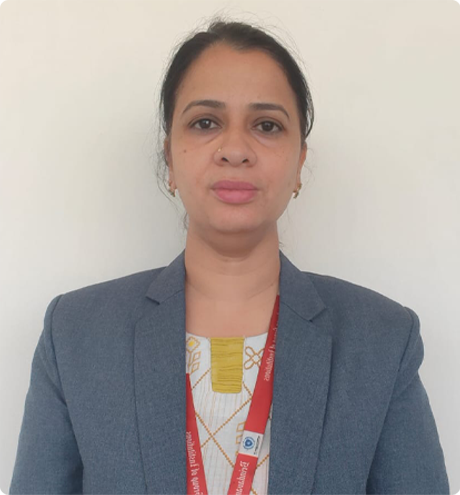
Prof. Nazia Nusrath Ul Ain
Assistant Professor & HoD
Qualification : B.E., M.Tech, (PhD)
Experience : 13 years
Specialization : Computer Science & Engineering
Email Id : hodic@brindavancollege.com
Area Of Interest : Machine Learning ,Artificial Intelligence
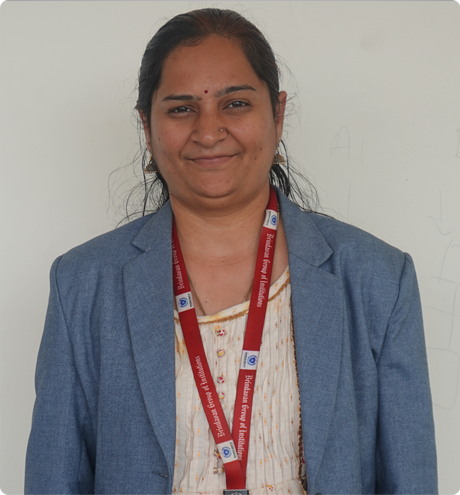
Prof. Chamundeshwari
Assistant Professor
Qualification : B.E., M.Tech
Experience : 6.8 years
Specialization : Digital Communications and Networking
Email Id : chamundi@brindavancollege.com
Area Of Interest : Cyber Security,IOT
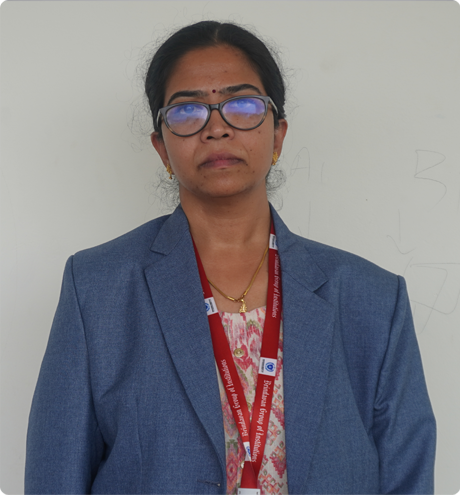
Prof. Samata Mehta.S
Assistant Professor
Qualification : B.TECH, M.TECH
Experience : 2 years
Specialization : Computer Science & Engineering
Email Id : samatams06@brindavancollege.com
Area Of Interest : Computer Networks, IOT
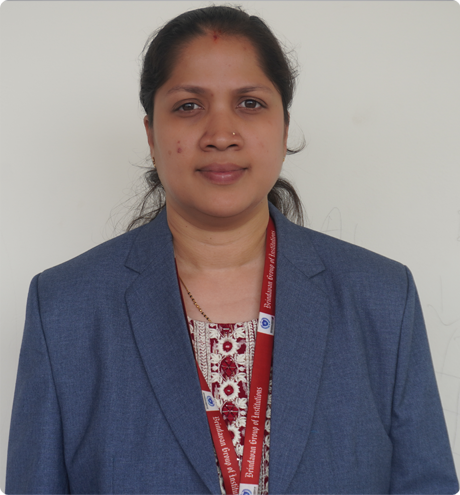
Prof. Sahana.S.Shetti
Assistant Professor
Qualification : B.TECH, M.TECH
Experience : 2 years
Specialization : Power System Engineering
Email Id : sahanasandeep8@brindavancollege.com
Area Of Interest : Artificial Intelligence, Machine Learning

